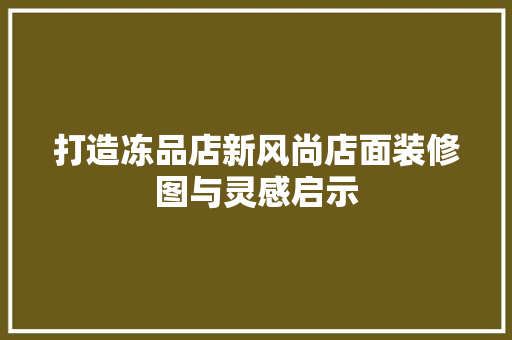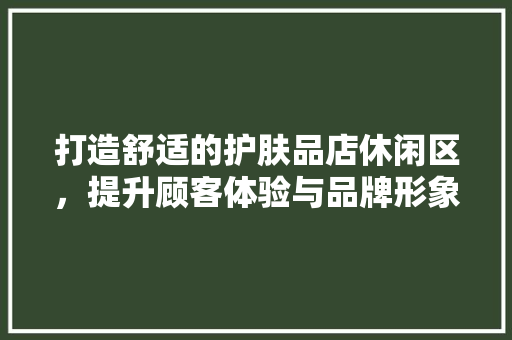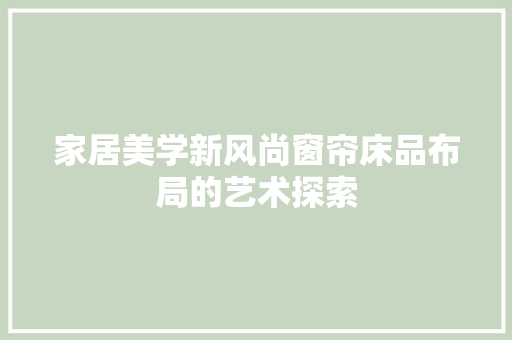北京动物园水禽馆是一座与环境融为一体的微能耗建筑,消隐在生态景不雅观多样化的水禽岛之中,也是供热带和亚热带水禽栖息和科普展陈的复合型展馆。建筑面积约335㎡,个中鸟舍约235㎡,展厅、会议及后勤用房约100㎡。水禽馆不仅是一个公益建筑的建筑设计研究和建造过程实现的案例,也是一个立足于中国北方寒冷地区的从建筑学出发的基于可持续设计谋略研究的实验平台。
Waterfowl Pavilion of Beijing Zoo is a net-zero energy building locating on the Waterfowl Island which owns extremely high ecosystem and landscape biodiversity and serves as a multi-functional building for bird breeding, exhibition and science advocacy. It’s both a practical case of public architectural design and construction, and an experimental platform for sustainable design strategies based on the Cold Zone in north China.

建筑外不雅观,external view of the building
因项目园地和建筑功能的分外性,在项目方案阶段就明确了可持续设计的目标:即在有限的建造经费内,借助建筑师的设计和资助商捐助的部品,实现一座以“零能零碳”为目标的微能耗示范建筑。水禽馆的设计过程遵照了从方案布局,到建筑设计,再到细部设计层面的逐层深化细化的顺序,并在不断强调建筑在环境中的“消隐”。这种“消隐”不仅表示在建筑视觉的层面,更表示在对园地环境与生态系统滋扰毁坏的最小化。
Facing the particularities both on site and function, a sustainable design target was set up at the initial stage of project: to create a demonstration net-zero energy building under the limit construction budget. The design process of Waterfowl Pavilion involves three phases: planning layout, architectural design and detail design, emphasizing being ‘invisible’ in the natural environment. Invisibility is not solely reflected in visual level, but also the minimization of interferences toward ecological system and wild environment of Waterfowl Island.
建筑消隐于环境之中,the building is “invisible” in the natural environment
视觉形象消隐Vanishing in the nature
动物园水禽岛上植被丰饶,覆盖率超过90%,生物多样性极高。岛上的乔木、灌木与草本植物繁向荣展,造就了独特而名贵的生态景不雅观特色。在这样的园地中所“植入”的建筑,必须在形式与外不雅观上与环境呼应,与自然交融,形成视觉效果上的“消隐”。
The Waterfowl Island owns superior natural environment which vegetation coverage reaches more than 90% with luxuriant arbors and shrubs. In order to ‘plant’ a building inside the site, its form should adjust to communicate with the natural environment leading to the visual invisibility.
建筑周边植被茂盛,lush environment around the building
基于功能的需求,水禽馆紧张分为南侧鸟舍区与北侧人的活动区,两者通过围护构造形成双层嵌套的空间关系。个中,建筑的外墙根据周边环境形成高低变革的折板形式,合营鸟舍区为促进热压透风而设计的两组覆斗状的拔高风塔,形成高低错落的形式,契合水禽岛上乔灌相间的景不雅观特色。
According to the functional demands, the pavilion is separated into two parts, the bird house in the south and the surrounding human zone. The two higher inverted funnel-shaped wind towers of bird house and the lower zigzag exterior walls of human zone imply the forest and grass mixture, arbors and shrubs alternate on the island.
高风塔,wind towers
在材料方面,折形外墙采取人造再生的粗纹木板,廊桥围挡则就地取材,利用风干芦苇编织而成,从而在质感与色彩上使建筑进一步地融入环境。同时,在施工前对建筑周边的乔木进行精确的定位,确保其完全保留,从而起到荫蔽建筑的浸染,形成视觉的“消隐”。
The zigzag walls use renewable coarse-grained wooden panels while the exterior gallery wall is knitted by dry vulgar reeds, which make the pavilion more corresponded to the environment in color and texture. The arbors surrounding the building are accurately positioned before construction and protected carefully, which can shade the pavilion and make it invisible.
粗纹木板制折形外墙,zigzag walls composed by coarse-grained wooden panels
参不雅观入口,visitor entrance / 嘉宾入口,VIP entrance
会议室外部,outside the meeting room
环境影响消隐Minimizing of environmental interference
水禽岛实际上是一个相对独立且完全的小生态系统,使本为异质的建筑融入循环,并达到环境滋扰的最小化,是“消隐”的深层含义。在选址方面,选取避开现状树木的空地,从而保护具有近百年树龄的黑杨和油松;同时也放弃岛南更为诗意的滨水湿地,用地只管即便靠岛屿北侧,从而缩短交通路径,缩小施工前场。一方面减少建筑的碳足迹,另一方面也避免对岛上别的地块形成日照遮挡,从而最小化对岛内生态微景象的滋扰。
Waterfowl Island is an independent and intact micro-ecosystem which requires the idiosyncratic architecture to minimize the interferences toward environment. That is the deeper meaning of ‘Invisibility’. When choosing the site, architect leaves the large area poetic wetland on the south side alone, but chooses a small void place in the north avoiding the old black poplars and pines. This decision can not only shorten the path and shrink the work-yard which help to reduce the carbon footprint, but also avoid creating too much artificial shadow area on the island.
水禽岛剖面,section of Waterfowl Island
形体天生图解,diagram of the form generating
在景不雅观方面,考虑采取本土化植物并保护生态群落种类的多样性,在不毁坏植被的条件下对园地进行局部改造,形成整合水网络、导流、净化与排放功能于一体的水湿地景不雅观。既为岛上的水禽与植被供应绝佳的生境,也实现了建筑与环境的可持续结合。园地南侧形成跌水湿地系统,通过芦苇等水生植物对氮磷的接管,地表水的逐层下渗对水体进行净化。并利用植物的光合浸染固碳释氧,利用蒸腾浸染调节温湿平衡。
An integrated wetland system including collecting, guiding, cleaning and draining is employed through a minimally invasive reform of the site section, which creates an excellent habitat for the waterfowl and the vegetation. The absorption of aquatic plants such as reed and the fixation and infiltration processed in the soil help to remove the N and P. The green can also absorb the carbon dioxide and release the oxygen while their evaporation can help to balance the temperature and humidity.
湿地和室内通过玻璃门隔开,the wetland and interior is separated by glass doors
“消隐”还表示全生命周期的碳平衡上,水禽馆采取低蕴能的钢构造体系,结合其他环保材料,在建材制造和建造阶段减少碳的排放。同时,通过太阳能等可再生清洁能源的利用,以及建筑层面的自然透风、采光遮阳、保温隔热等被动式策略的运用,结合冷热辐射空调、地源热泵、新风热回收等主动式技能的利用,有效减少建筑运行阶段的碳花费与碳排放。
Invisibility also requires carbon balance. The pavilion employs steel structure and renewable materials to reduce the carbon emission during manufacture and construction. By combining passive design methods (natural ventilation, lighting, sun-shading and high-performance building envelop) and active technologies (ground source heat pump, radiation air-conditioning, heat recovery system) together, the carbon emission during operation is remarkably cut.
室内自然采光和透风,natural light and ventilation interior
经碳排放综合打算,水禽馆在其50年寿命周期内,在建筑建材、建造、运行和拆除阶段共产生二氧化碳745吨(建材制造及建造阶段排碳占18%;运行阶段排碳占72%)。而该建筑利用可再生能源及全体岛区景不雅观的碳回收,在全寿命周期可减少CO2的开释量2756吨(可再生能源占11%,景不雅观碳补偿占89%),碳回收远大于碳排放。水禽馆也真正达到了建筑在环境中的“消隐”,也实现能源利用层面“零能零碳”的初始目标。
After carbon calculation, Waterfowl Pavilion will release 745 ton carbon dioxide in material manufacturing, construction, operation and disassembly during its 50-years lifecycle, while reduce 2756 ton carbon dioxide through using renewable energy and landscape compensatory. The latter is much more than the former which mean Waterfowl Pavilion reaches the goal of real invisibility, net-zero energy and net-zero carbon.
材料示意图,materials
总平面图,site plan
一层平面图,first floor plan
北立面图,north elevation
南立面图,south elevation
东立面图,east elevation / 西立面图,west elevation
剖透视图,perspective section
剖面图,sections









